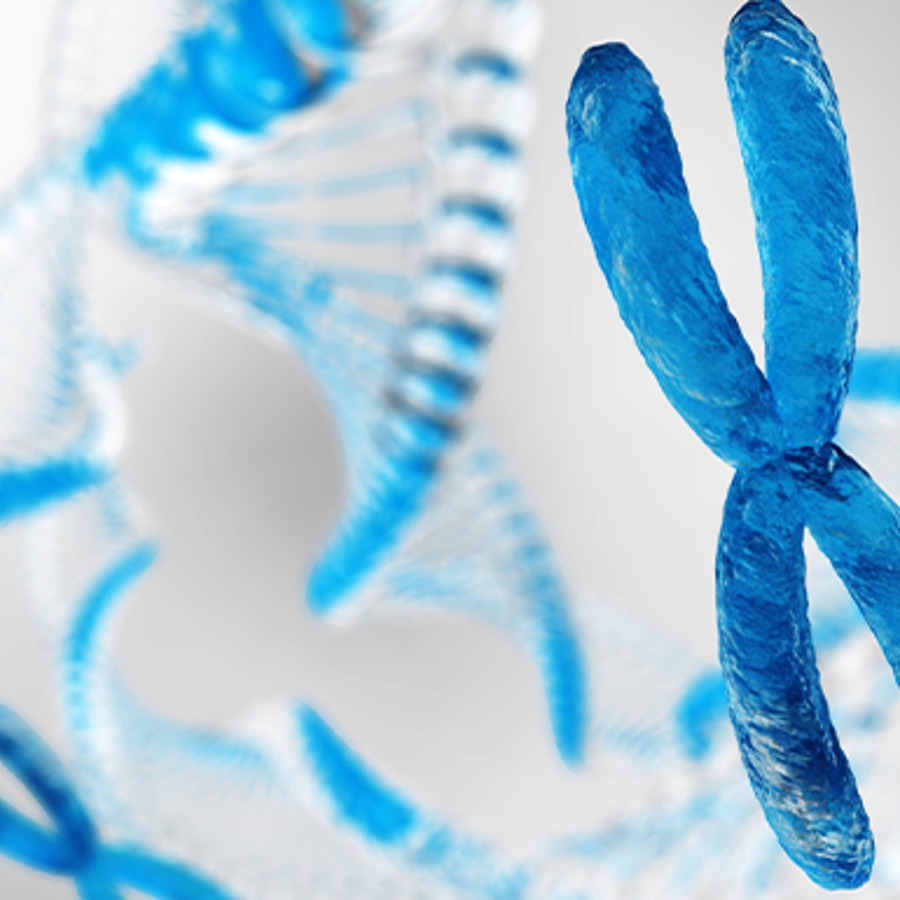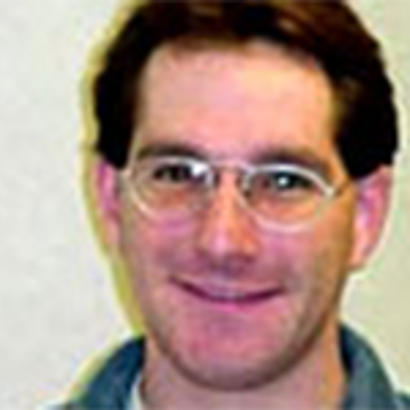
What is a chromosome?

- Related Topics:
- DNA basics,
- Chromosomes
A curious adult from California asks:
"What is a chromosome?"
A chromosome is DNA all scrunched up so that it fits inside a cell. DNA is the molecule that contains the recipe for creating and maintaining a living organism. The DNA in one of the trillions of human cells would be about 6 feet long if it were all stretched out.
Most people aren't even six feet tall, and cells are so small, scientists need a microscope to see them. In order to fit inside a cell, the DNA gets wound around special proteins that act like spools.
The wound up DNA is then coiled up even further to make chromosomes. It's like a kite string. The string is very, very long, but when it's wound around the spool, it fits in the palm of your hand.
A person has 2 copies of each of 23 chromosomes for a total of 46 chromosomes in almost all of his or her cells. One copy of each chromosome comes from a person's father and the other from his or her mother.
The number of chromosomes that an organism has does not tell you how complicated that organism is. For example, a mosquito has 3 pairs of chromosomes, a camel has 35 pairs of chromosomes, and corn has 10 pairs of chromosomes.
Scientists and doctors can take cells from a person and look at their chromosomes under a microscope. The picture of their chromosomes is called a karyotype.

Doctors use a karyotype to diagnose some genetic diseases. One type of disease that can be diagnosed by karyotype is when a person has too many or too few copies of a chromosome like in Down syndrome.
In most pictures of chromosomes, like the one above, the chromosomes are treated to make them look better. Chromosomes can be treated to appear striped or colored. In fact, under a microscope, your chromosomes just look gray without any special treatment.

Author: Dan Ginsburg
When this answer was published in 2004, Dan was a Ph.D. candidate in the Department of Genetics, studying phage integrases for site-specific integration in the human genome in Michelle Calos’ laboratory. Dan wrote this answer while participating in the Stanford at The Tech program.
 Skip Navigation
Skip Navigation
